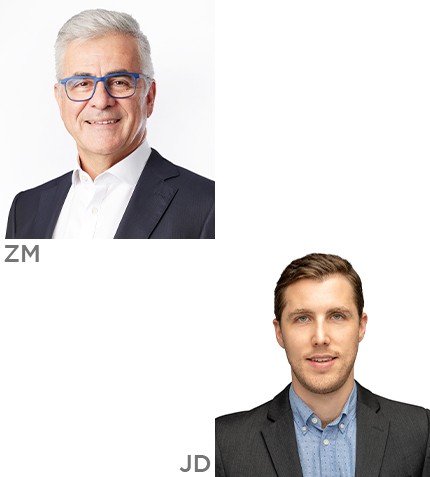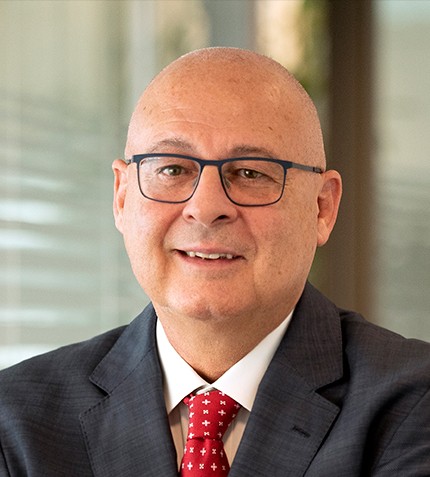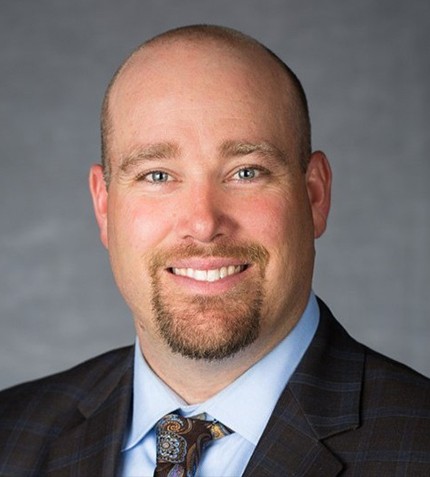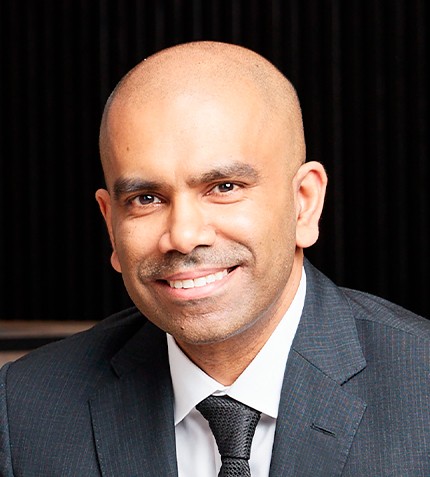
"I think we can expect to see a laser focus on ESG in production — real-time online monitoring, recording and submitting."
Zimi Meka & Jared Dietrich
(ZM) CO-FOUNDER & CEO, (JD) VP OF TECHNICAL SERVICES - NORTH AMERICA, AUSENCO
How is Ausenco celebrating its 30th year, and what is the relevance of the Canadian mining sector for your operations?
ZM: We are preparing a book called 30 moments in 30 years, to highlight the Ausenco’s journey since we started. One of these significant moments was a series of acquisitions in 2008, which allowed us to gain a presence in Canada and open up the market. It also allowed us to work with clients who were taking their businesses into South America or West Africa. Today, we have many opportunities in Ontario; we are working with Treasury Metals, First Mining and are approaching nearly a year of working on Argonaut Gold’s Magino project. The project is progressing very well. We are moving through that winterization phase where we slow down a little bit and then pick up again in the spring.
JD: Musselwhite is another great project that came to us in 2019 as a result of our strong relationship with Goldcorp around the Newmont acquisition. They needed a strong construction management team to help with the replacement of their main underground conveyor, which essentially halted production. Within a couple months we were on site, and then Covid hit, so we helped them develop Covid safety protocols. We actually finished the project within the year (2020), which in turn supported a return to full production.
Can you talk about the role the circular economy can play within mining?
JD: A really interesting change in opinion over the past few years, especially across large camps like Timmins and Val-d’Or, is that building brand new facilities is not always the best way forward. Doing a JV or collaboration with another miner to process through existing mill facilities is much more topical. We have also seen a lot happening around electronic waste recycling, which uses conventional chemistry and processes that are already in the nickel and cobalt space, with leaching and solvent extraction.
How close are we to being able to attain net-zero without carbon credits?
ZM: ESG is not just about carbon footprint or net zero. It is more than that. Net zero through carbon credits means you have paid a financial institution or received a government tax credit that gives you the right to say you have offset your carbon emissions somewhere. But that carbon is still going up in the atmosphere. Unfortunately, some institutions are playing a bit of smoke and mirrors — there are currently hedge funds shorting big emitters, like big oil companies, and classifying that as a carbon credit to claim that their fund is carbon neutral. We should be reducing the amount of energy we are using and becoming more efficient with the resources that we have. We are working on technologies to try and upgrade the ore that we are processing, using ore sorted and implementing coarse particle flotation, so we apply less energy to grind the ore, which is the highest energy intensive component. We also dry stack our tailings, extract the majority of the water and recycle it.
JD: I think we can expect to see a laser focus on ESG in production — real-time online monitoring, recording and submitting. As someone who has worked in operations, you become obsessed with your production, such as yield, recovery, daily tonnes — soon we will have similar daily metrics for diesel, GHG, particulates, water consumption. It is going to become as critical and front of mind as other conventional production metrics. And of course, as governments further require private industry to disclose their carbon footprint, this will become public information. Mining companies are going to have to step up into that space.
How are automation and AI helping this transition economy?
ZM: Automation is already here, we just need to re-gear it and the way we think about it. AI will be incorporated as well. A good example is the Spence project we were operating for BHP in Chile, from a control room in Santiago. We had two operators on shift, neither at the mine site. The autonomous trucks that BHP and Rio Tinto use in Western Australia are controlled from 2,000 km away. I think the industry is really adopting the autonomous mining concept. Our clients want to be innovative, to do more with less to generate opportunities that may not have been there previously. Old habits need to be changed.










